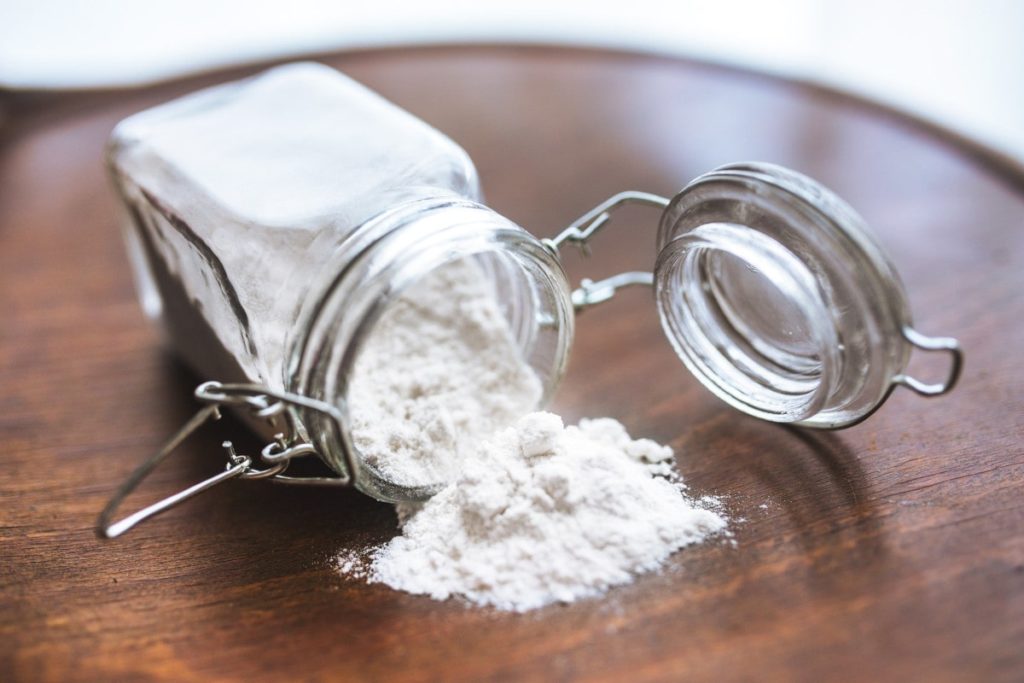How Is Flour Quality Measured?

Flour is analyzed for indicators of milling efficiency and functionality properties. These include:
- Flour yield is expressed as a percentage and represents the portion of the wheat kernel that can be milled into flour, which is a significant indicator of milling profitability. Millers need to know the mineral content in wheat to achieve the desired ash levels in flour.
- Ash content is an indication of how well flour separates from the bran. Flour ash is expressed as a percentage of the initial sample weight and is usually expressed on a 14% moisture basis.
- Flour Falling Number is an index of undesirable enzyme activity that normally occurs when the kernel sprouts or germinates. A high falling number indicates minimal activity, whereas a low falling number indicates more substantial enzyme activity. Too much activity means that too much sugar and too little starch are present in the flour. Starch provides the supporting structure of bread, so high activity results in sticky dough and poor texture in the finished product.
- Wet Gluten Index is a measurement that indicates whether the gluten is weak, normal or strong. A weak gluten would be represented by a gluten index of 0 and the strongest gluten index is 100.
- Minolta Color results are reported with the values L*, a*, and b*.
- L* ranges from 100 (white) to 0 (black)
- a* ranges from +60 (red) to -60 (green)
- b* ranges from +60 (yellow) to -60 (blue)